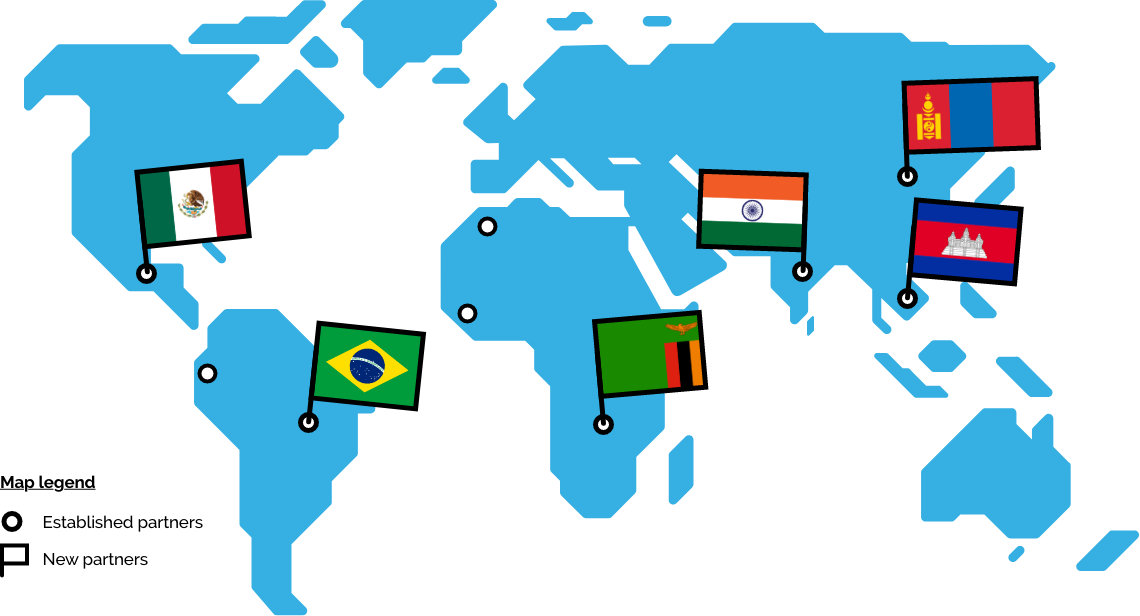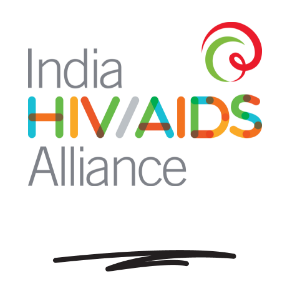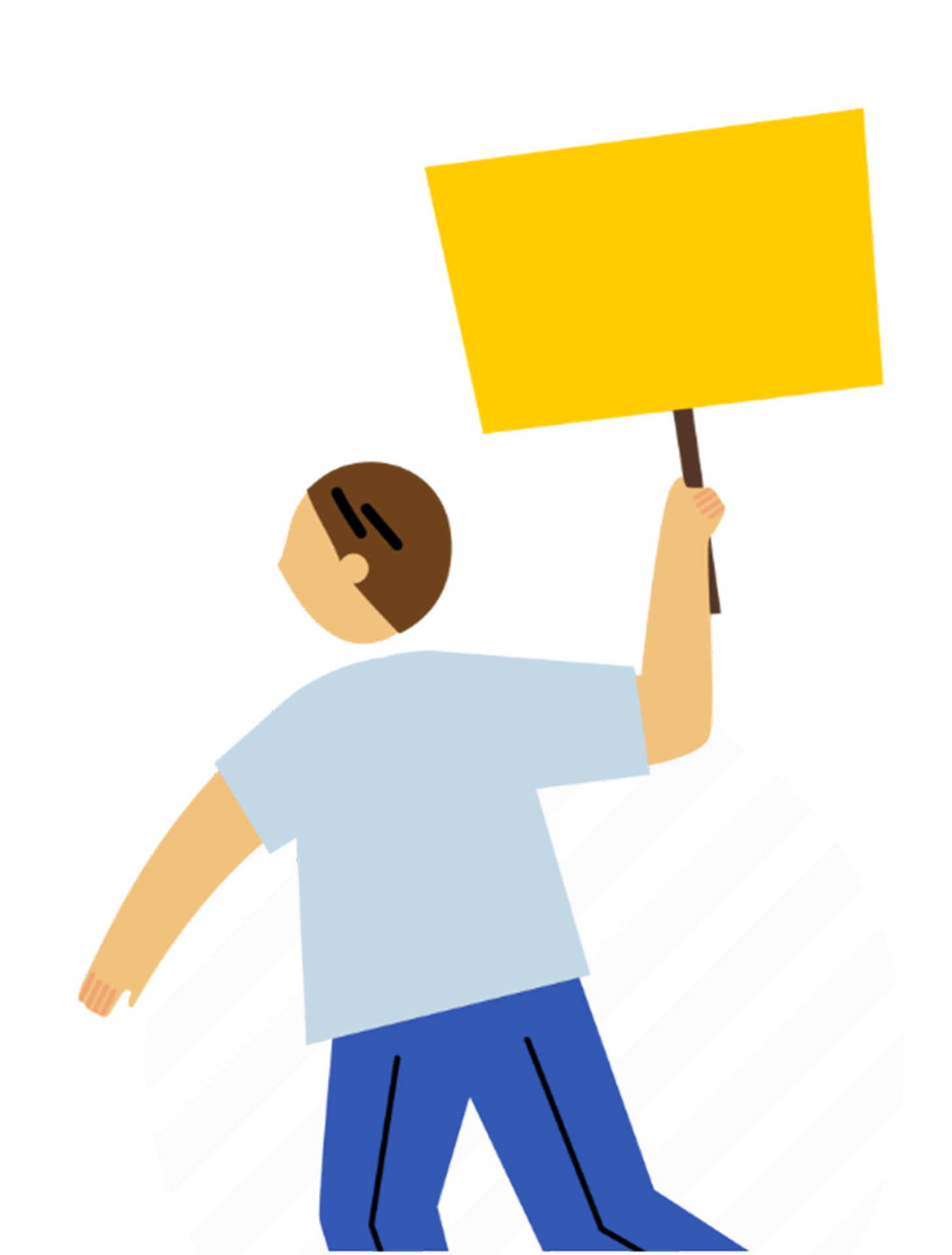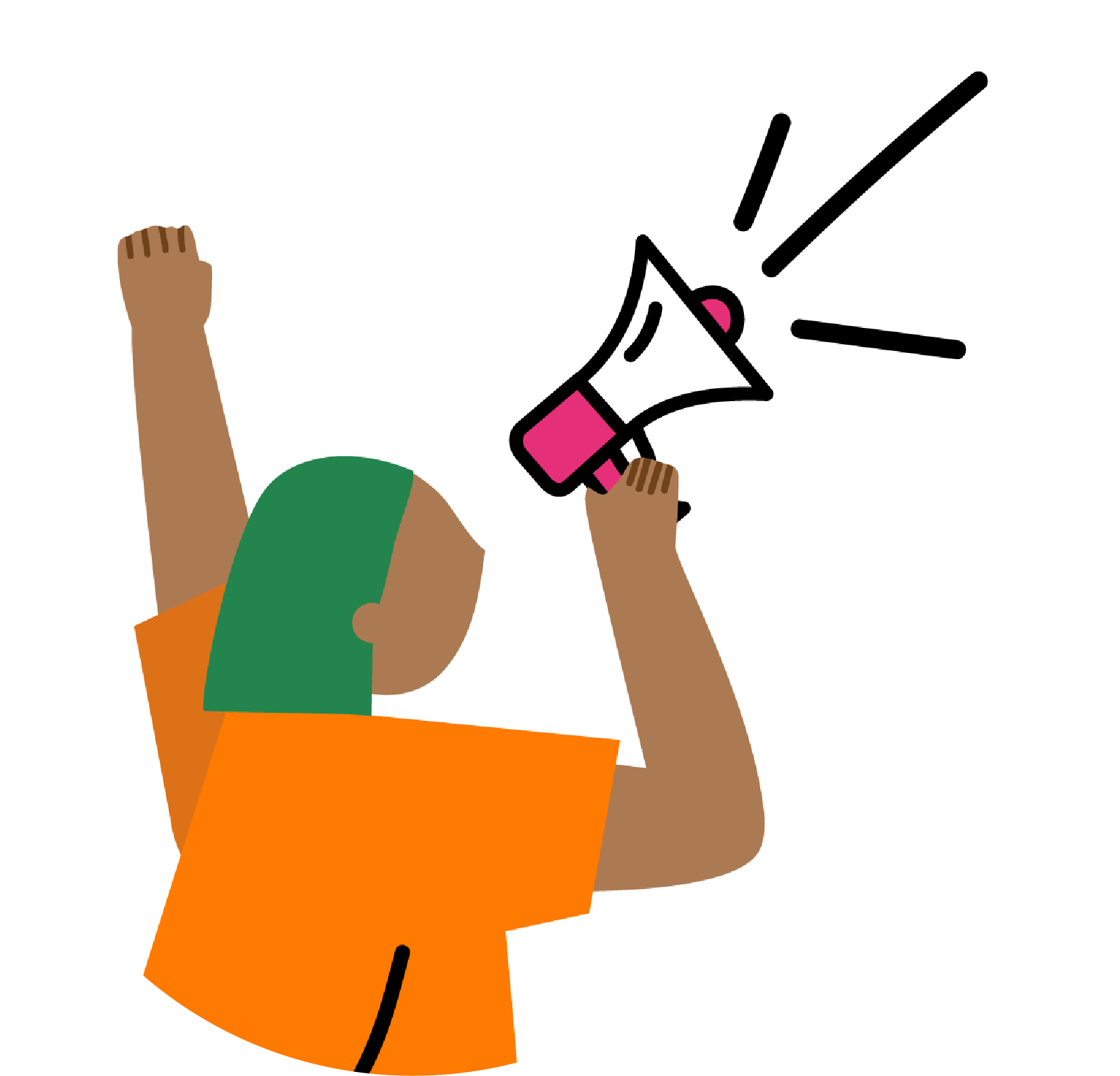1993
The International HIV/AIDS Alliance (which will later become Frontline AIDS) is founded.

1994
International HIV/AIDS Alliance establishes organisations in Senegal and Burkina Faso, and develops partnerships with organisations in the Philippines, Sri Lanka and Bangladesh to implement programmes and support local community groups with funding, technical support, and organisational development. Jeff O’Malley becomes the first Executive Director of the Alliance..
“Our purpose in the first phase was to provide mechanisms for channelling funding to community groups.”
Jeff O’Malley, first Executive Director of the International HIV/AIDS Alliance
1993-95
South Africa’s HIV epidemic is growing year on year. The South African National Health Department reports that the number of recorded HIV infections has grown by 60% in the previous two years and is expected to double in 1993.
1995-96
Expansion of the Alliance with pre-existing, national partner organisations in Ecuador (Kimirina), Senegal (Alliance Nationale des Communuatés pour la santé or ANCS), and Morocco (Association de Lutte Contre le SIDA Association Marocaine de Solidarité or AMSED).


1996

UNAIDS is established to lead the global effort to end AIDS as a public health threat.
The Alliance becomes a ‘collaborating centre’, working closely with UNAIDS from the outset to shape policies and technical approaches to respond to HIV.
1996
A new medication regime, composed of several antiretroviral drugs called Highly active antiretroviral therapy (HAART), is introduced, significantly improving the life expectancy of people living with HIV.
But very high prices, exacerbated by international trade rules granting monopolies to pharmaceutical companies, means that these game-changing treatments are not available outside of the richest countries.
1997-99

The Alliance adds 6 partners, expanding to 14 partners overall, and has Alliance country offices in 13 countries across Africa, Asia and Latin America.
New partners include: Cambodia (KHANA), Mexico (Colectivo Sol), Brazil (ABIA), India (HIV/AIDS Alliance in Delhi and Andhra Pradesh), Mongolia (NAF) and Zambia (Alliance Zambia).
1999
India HIV/AIDS Alliance is established in 1999.
It started life as a country office for the Alliance, with Alliance staff seconded to set up operations in India.



